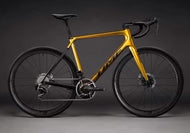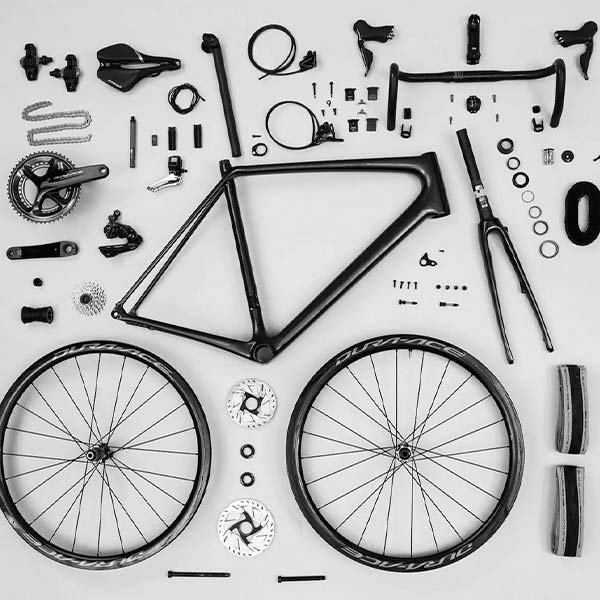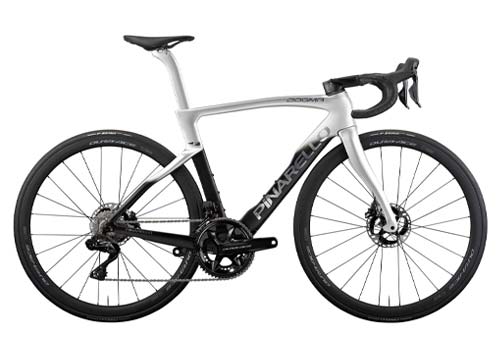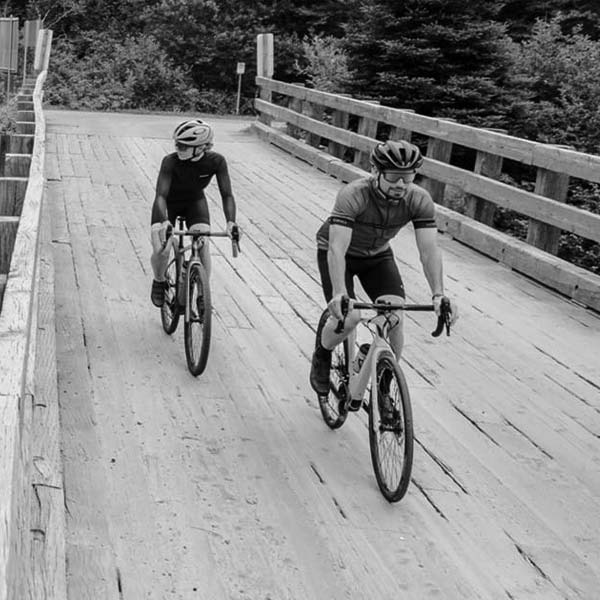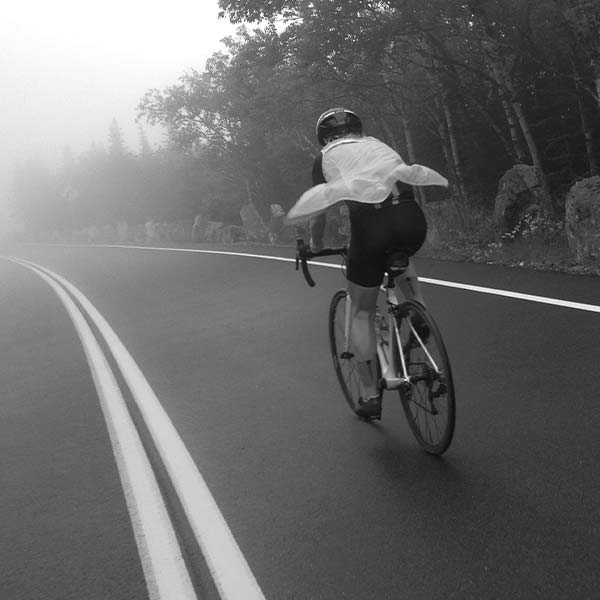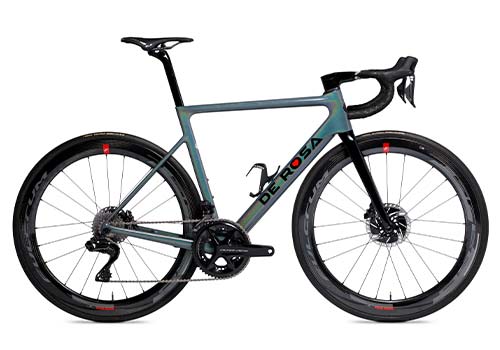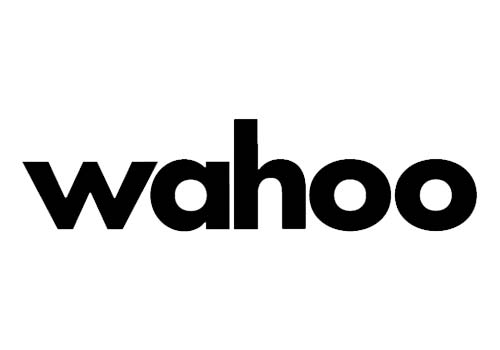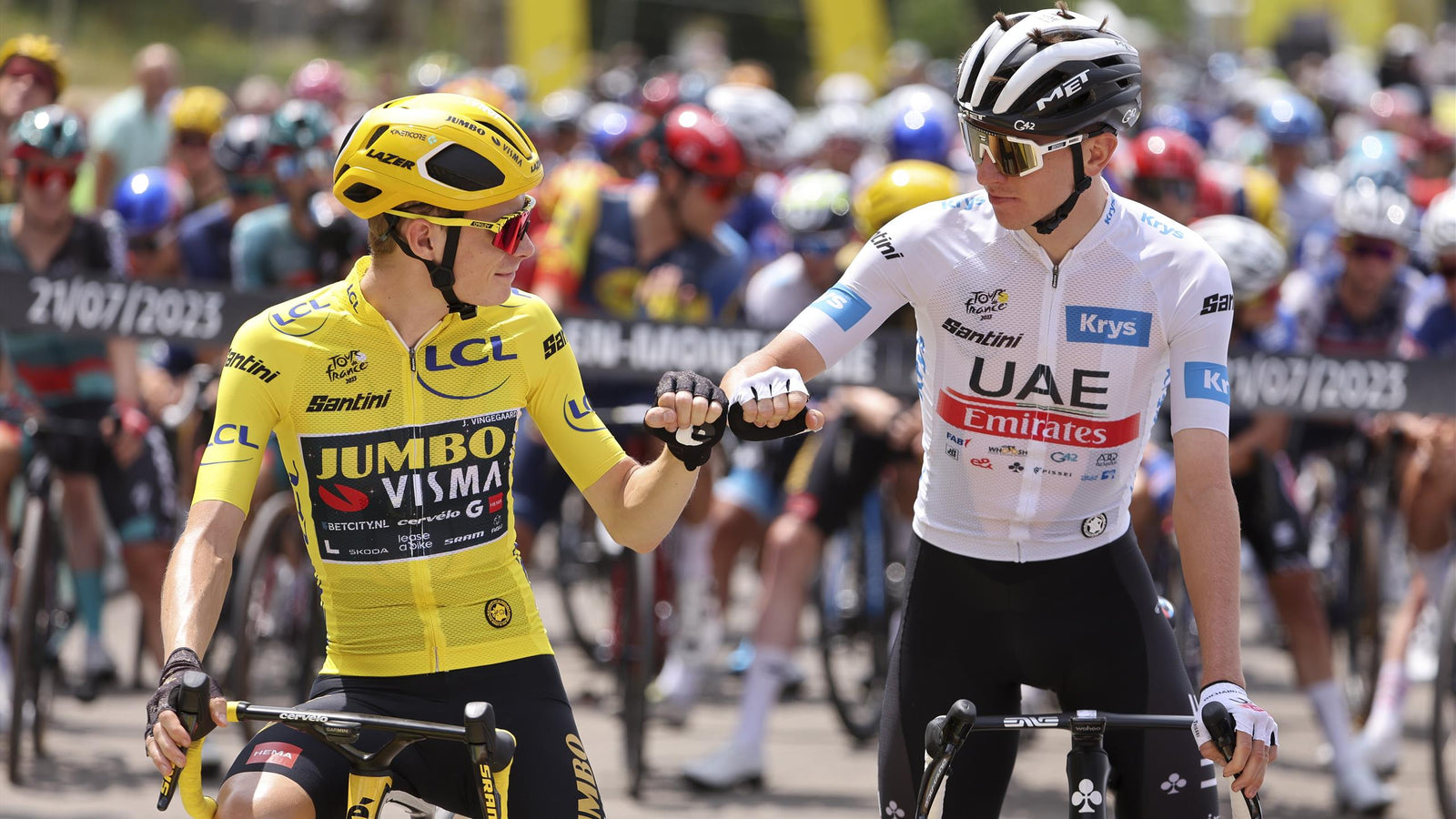Excitement builds as the 2022 Tour de France start approaches. New stories waiting to be written and told with insight and passion.
The TdF 2022 Route map
The 109th edition of the Tour de France will take place July 1 - July 24, 2022 covering a total distance of 3328 kms over 21 stages.

A Little History...
Previously in the TdF, history recalls the classic battle between Anquetil and Poulidor during the 1964 TdF on the famous Puy-de-Dôme climb.
This was the defining stage of the race with the battle between Anquetil and Poulidor on the Puy-de-Dôme that provided the iconic photo. Going into the stage Poulidor is just 56 seconds down on Anquetil on GC and suited to the punchy summit finish with the final 4.5km at 11% and there is a one minute time bonus at the finish. As they reach the double-digit gradients with 5km to go it’s down to four riders: Federico Bahamontes and Julio Jimenez as the best climbers in the race, still after the mountains jersey, plus Jacques Anquetil and Raymond Poulidor as first and second overall. But the story was Anquetil vs Poulidor, the two riding side by side at times while Jimenez had attacked and Bahamontes had gone with him leaving the two Frenchmen behind. Jimenez’s stage win is almost a footnote.
A reminder that at the time, riders earned little by salary, instead making substantial money from appearance fees at the post Tour criterium races. It seems Jimenez and Federico Bahamontes, were not desperate to win the stage. They each approached Poulidor and his Mercier-BP team manager Antonin Magne before the Puy-de-Dôme showdown.
As it was later related; “The evening prior Bahamontes and Jimenez asked for 5,000 francs each to let “Poupou” [Poulidor] win. Magne declined as he never wanted to pay. In the end they both finished the stage ahead of Poulidor who, with the one minute time bonus for the stage winner, would have won the Tour de France”. The general classification of the 1964 Tour was won by Anquetil with Poulidor second at 55 seconds. Pou-pou remained the eternal second.

Sometimes there's fun times at the TdF. Rudi Altig and Julio Jimenez on a donkey ride at the 1966 Tour de France

Classification Jerseys Explained

Yellow Jersey: The yellow jersey is worn by the leader of the general classification, the rider with the lowest net time in the race after every stage. The rider who takes it to Paris is crowned the Tour de France winner. The jersey is yellow because the newspaper that first organised the race, L'Auto, was printed on yellow paper. The classification is based on the time taken for each rider to cover the 21 stages, taking into account time penalties and time bonuses.

Green Jersey: The green jersey is worn by the leader of the points classification. Points are awarded at stage finishes and intermediate sprints (one per road stage). While the sprinters are the main candidates for the green jersey, it's the more versatile among them who have the best chance of overall success in Paris.Points are awarded to the first 15 riders at stage finishes or intermediate sprints, with different allocations depending on the nature of the stage. More points are awarded on flat stages than on mountain stages or time trials. The winner of a flat stage scores 50 points, a mountain stage winner just 20.

Polka Dot Jersey: The polka-dot jersey is worn by the leader of the mountains classification, who is known as the 'king of the mountains.’ Mountain points are on offer at the top of every classified TdF climb, ranging from the hardest – 'hors catégorie' – to the easiest – category 4.
Hors catégorie: 20-15-12-10-8-6-4-2
Category 1: 10-8-6-4-2-1
Category 2: 5-3-2-1
Category 3: 2-1
Category 4: 1

White Jersey: The white jersey is worn by the leader of the best young classification. A 'young rider' is anyone who was born after January 1, 1996, so anyone under 25. The jersey goes to the rider in this category that best placed on general classification. The white jersey is often an indication of future Tour de France contenders.
Riders can lead multiple jersey classifications but only wear one jersey in the race. There is an established order of priority for the different leader’s jerseys: the yellow jersey, followed by the green jersey, then the red polka-dot jersey and finally the white jersey. When a rider is leading several classifications, they wear the one designated by the order of priority. The other jerseys are then worn by the riders lying second, third or fourth in the corresponding classification.
Stay tuned for more...



